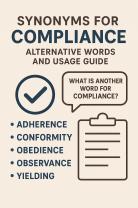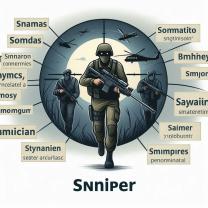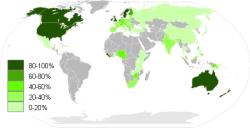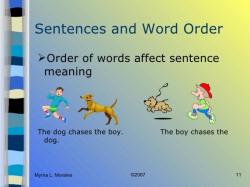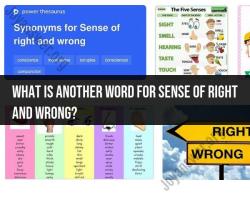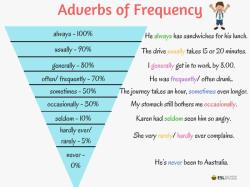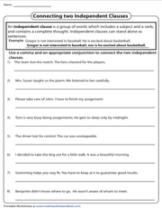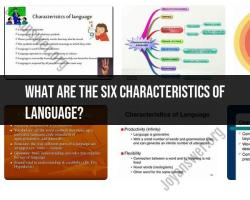What are the problems in defining a language?
Defining language can be challenging due to various conceptual issues, and linguists and scholars have grappled with these challenges over the years. Here are some of the key problems in defining language:
Multifaceted Nature:
- Language is a multifaceted phenomenon that encompasses various dimensions, including sounds (phonetics and phonology), meaning (semantics), sentence structure (syntax), word structure (morphology), and the way language is used in context (pragmatics). Defining language requires capturing the complexity of all these facets.
Arbitrary Nature of Symbols:
- The arbitrary relationship between linguistic symbols (words, sounds) and their meanings adds a layer of complexity. Unlike natural signs, where the form is directly related to the meaning (e.g., smoke indicating fire), linguistic symbols are largely arbitrary, making it challenging to establish a direct, inherent connection between form and meaning.
Cultural and Social Variation:
- Languages vary across cultures and societies, and what may be considered a language in one context might not be viewed the same way in another. Additionally, dialects, sociolects, and registers within a language add further complexity, making it difficult to draw clear boundaries around what constitutes a distinct language.
Continuum of Variation:
- The variation in language exists on a continuum, from individual variations in speech to regional dialects and distinct languages. Defining a specific point on this continuum as a separate language can be challenging, as the boundaries between closely related varieties may be blurred.
Evolutionary Nature:
- Languages are dynamic and evolve over time. The definition of a language at one point in history may not fully capture its development and changes over the years. Additionally, distinguishing between a dialect and a separate language can be subjective and may not account for historical linguistic processes.
Overlap with Communication Systems:
- Language is often intertwined with other communication systems, such as nonverbal communication, gestures, and symbolic representations. Drawing clear lines between language and these related systems can be challenging, especially in considering the broader spectrum of communication.
Innate vs. Learned Aspects:
- The debate over the innate and learned aspects of language acquisition adds complexity. While certain aspects of language seem to have a biological basis, the specific linguistic system a person acquires is influenced by cultural and environmental factors. This interplay makes it challenging to pinpoint the essential defining features of language.
Use in Non-Human Species:
- While humans have a unique and sophisticated linguistic ability, communication systems exist in other species. Defining language in a way that distinguishes it clearly from other forms of animal communication is a complex task.
In light of these challenges, scholars often adopt a functional perspective, focusing on the communicative and expressive functions of language rather than strict structural criteria. Despite the difficulties in defining language, it remains a crucial and distinctive aspect of human communication and culture.
Defining language is a complex endeavor due to its dynamic and multifaceted nature. It is not a static entity but rather an ever-evolving system that adapts to the needs of its users and reflects the cultural and social context in which it is used.
Challenges of Defining Language
Dynamic Nature: Language is constantly changing and evolving, with new words and expressions emerging while others fall out of use. This dynamism makes it difficult to capture a single, definitive definition of language.
Multifaceted Nature: Language serves a multitude of functions, from conveying information and expressing emotions to establishing social connections and shaping cultural identity. This multifaceted nature makes it challenging to encompass all aspects of language in a single definition.
Context Dependence: Language usage is heavily influenced by context, including the speaker's intent, the audience, the setting, and the purpose of communication. This context-dependence makes it difficult to define language in a way that applies uniformly across all situations.
Complexities of Dialects, Slang, and Language Variation
Dialects: Dialects are regional variations of a language that differ in pronunciation, vocabulary, grammar, and expressions. They reflect the geographical and cultural diversity of language users.
Slang: Slang is informal, nonstandard vocabulary that is often used among specific groups or subcultures. It is characterized by its ephemeral nature and constant evolution.
Language Variation: Language variation encompasses the diverse forms and usage patterns that exist within a language. It is influenced by factors such as social class, education level, ethnicity, and gender.
Role of Social Factors, Cultural Influences, and Historical Evolution
Social Factors: Social factors, such as power dynamics, social groups, and social norms, influence language usage, shaping the vocabulary, grammar, and expressions used in different social contexts.
Cultural Influences: Language is deeply embedded in culture, reflecting the values, beliefs, and traditions of a society. Cultural influences shape the evolution of language and the ways in which it is used to express cultural identity.
Historical Evolution: Language has evolved over time, shaped by historical events, cultural interactions, and technological advancements. The historical evolution of language provides insights into the origins of words, the development of grammatical structures, and the changing nature of communication.
In conclusion, defining language is a complex undertaking due to its dynamic, multifaceted nature and the influence of social factors, cultural


